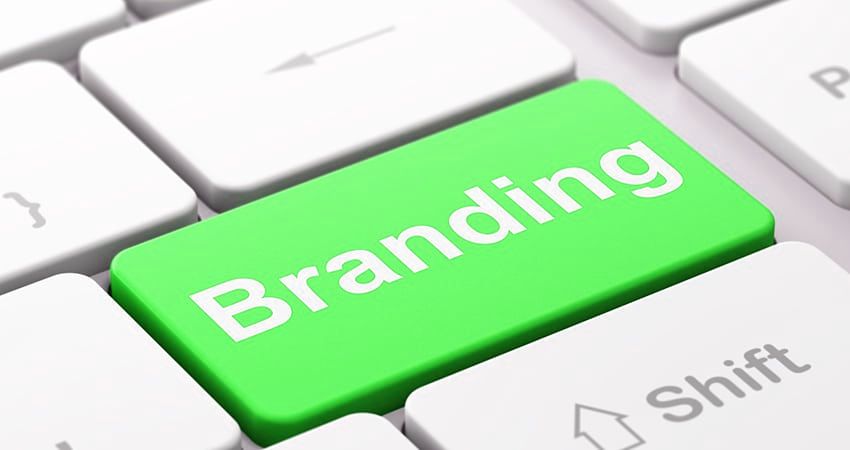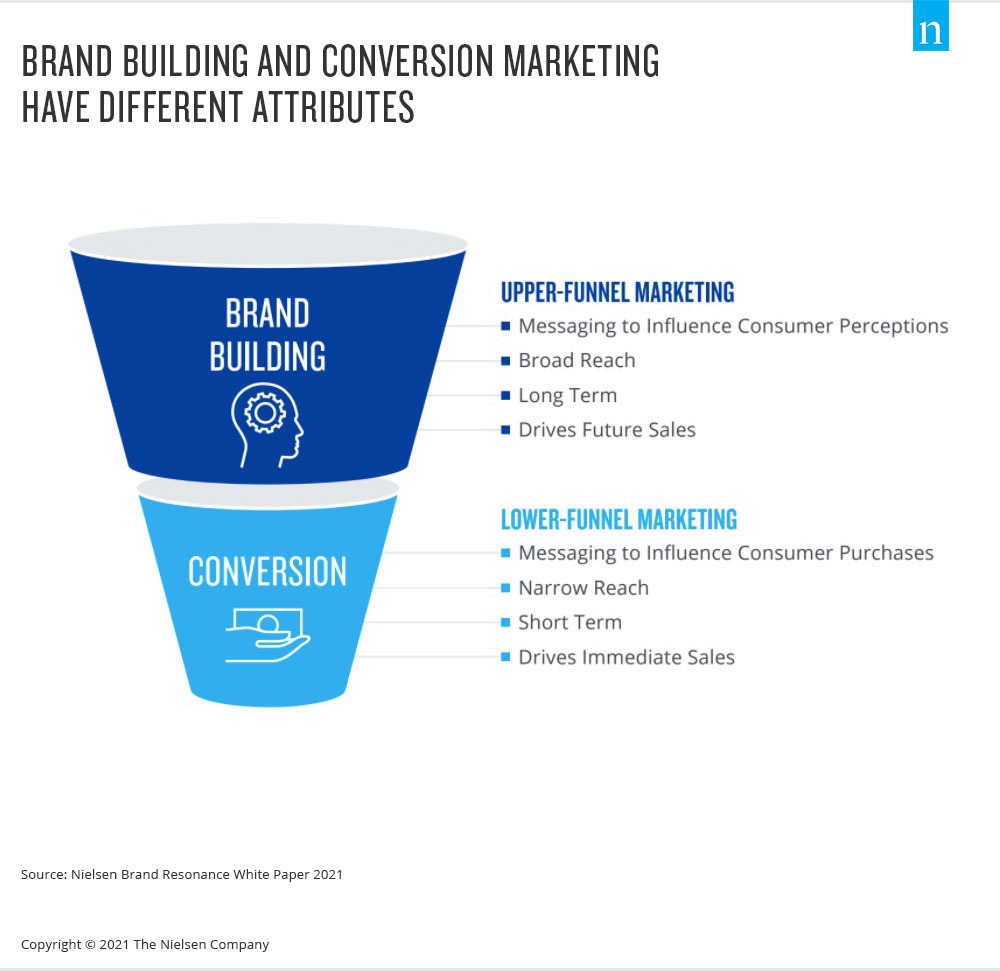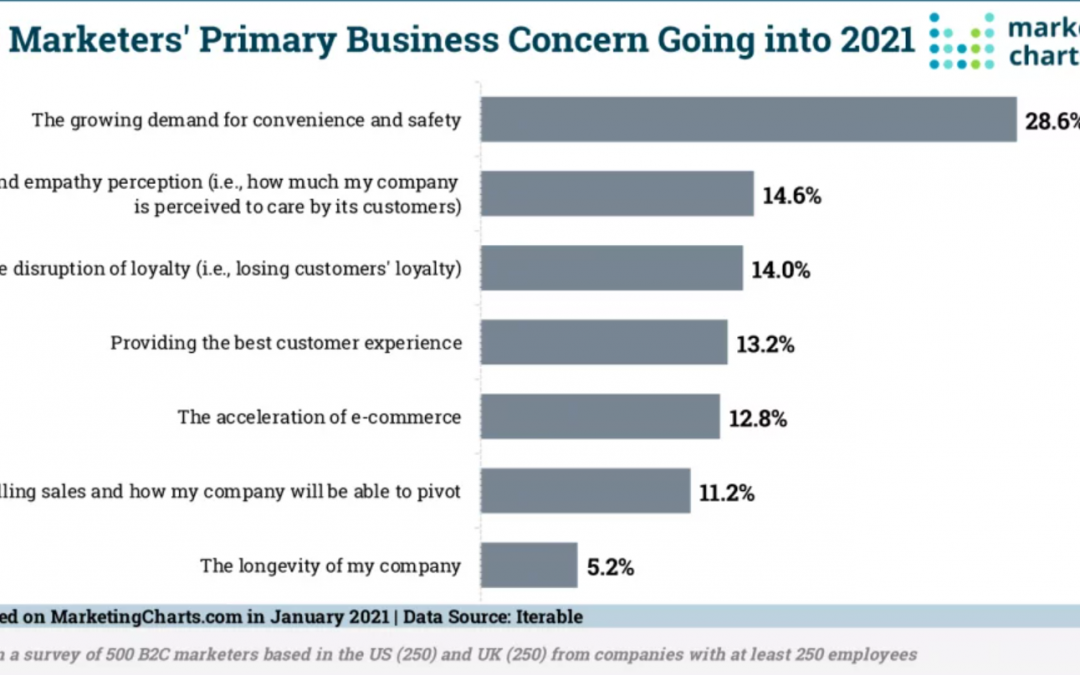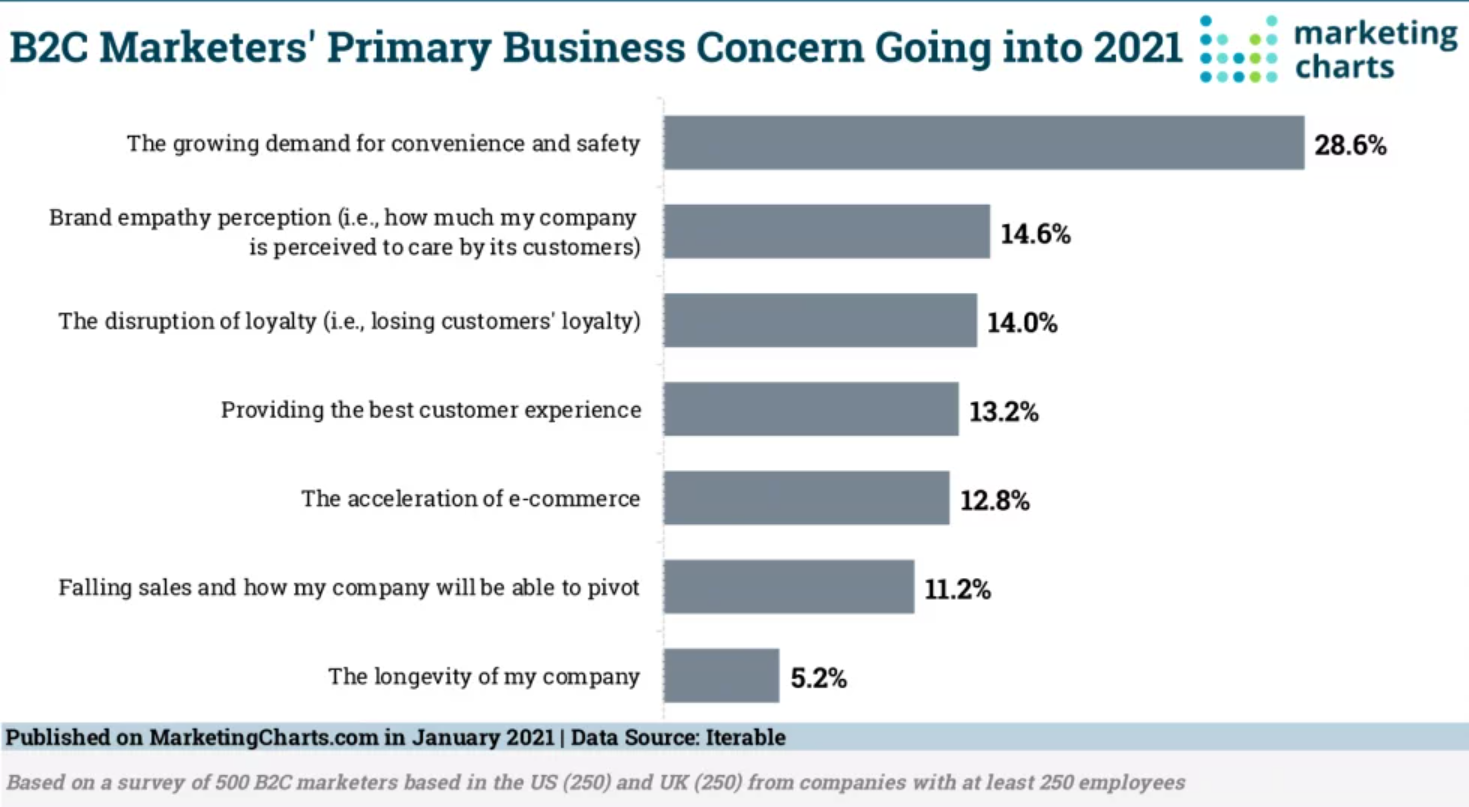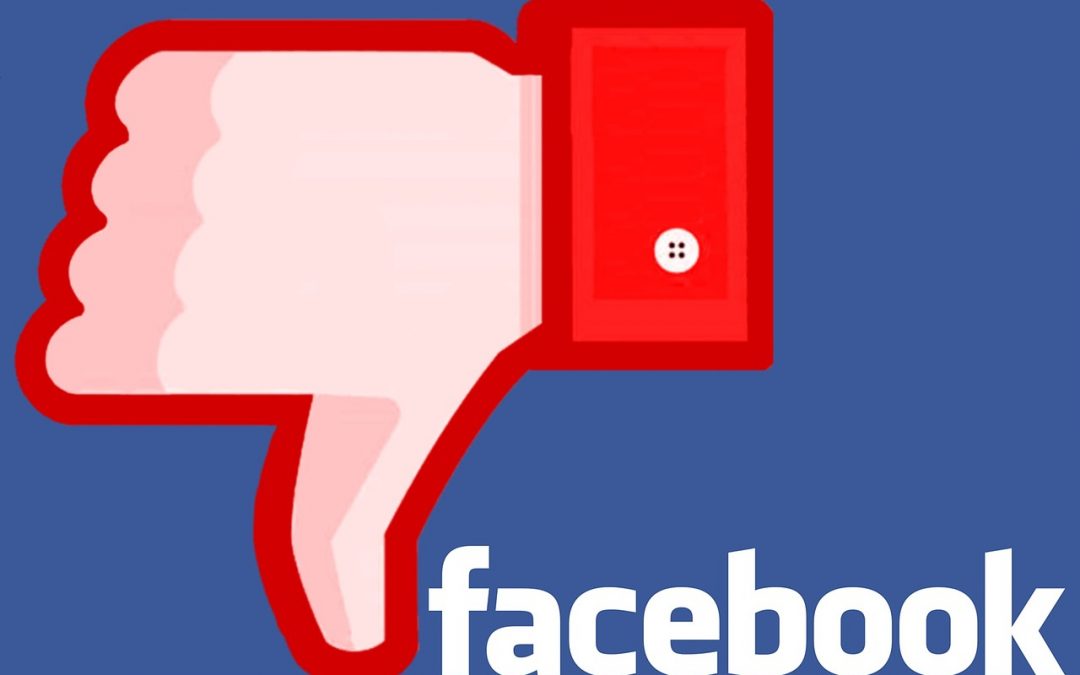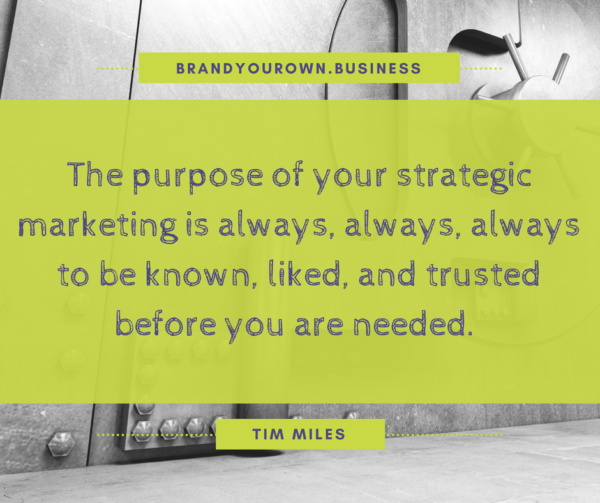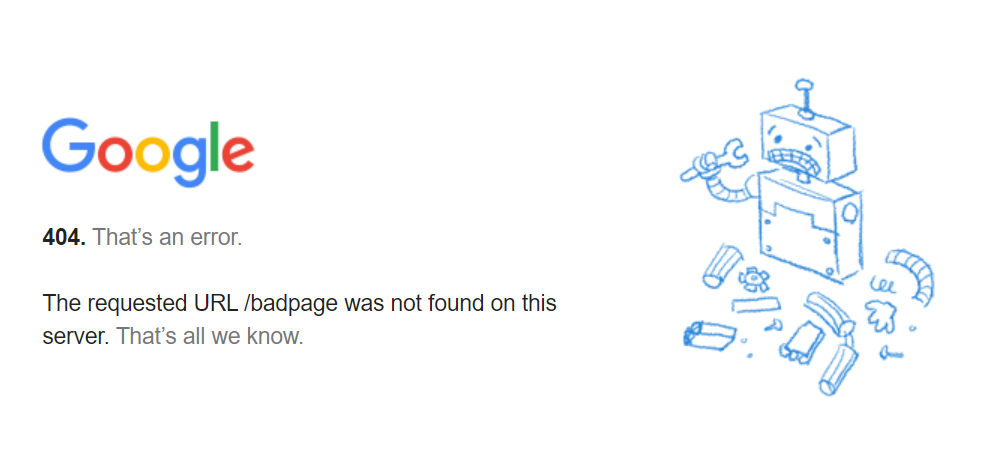
Are You Missing?
A decade ago, I took a break from working in radio to work full-time for a website development firm that had some cutting edge technology back in 2011.
My job was to find companies that needed website upgrades and introduce them to our platform so we could bring them into what was then the current version of the internet age.
A new website could cost $20,000 for a simple landing page up to well over 100 grand for an eCommerce site.
These days, you can hire a professional to build you nearly anything you need for under $50,000. I have a few connections that I trust to do the work for a tenth of that, depending on what your needs are.
Yet, I am amazed at the number of businesses that are missing online.
What do I mean by missing?
Well first off, I should be able to find you with a simple Google Search for your business name.
Google tries to be your friend by providing businesses with free listings so that when I am looking for you, I can find you.
And by find, I mean find your website, your location including directions, your phone number and whatever else would be appropriate.
Yet there are still too many businesses that seem to be ignoring the internet because they don’t show up when I Google them.
Similar circumstances with Facebook. Too many of you don’t exist.
Now I’m not a tech wizard nor am I a web designer, or even an expert in Search Engine Optimization anymore. Consider me your average potential customer who is just looking to connect with you or one of your competitors because I have a question that requires your expertise. Or maybe I have money to spend right now and I just need to connect with you and give you my money in exchange for the product or service you provide.
But you are missing when I ask my phone to find you, or my laptop to send me to your website.
To me, I find this shocking, that a business is still invisible online.
This violates one of the very basics of marketing. You need to be able to be found.
Stop ignoring this and either pay someone or do it yourself, but create a way for people like me to find you online.
Also, if you have not updated your website, or updated your social media this year, (or longer)… do it. Our whole world has gone through numerous changes since the pandemic began over 18 months ago and I’m sure your business has too. Update your hours, and other policies we need to know and want to know. Even if it’s back to business as usual, tell us that too.
One more tip and this is for you as an individual:
Don’t be missing online personally. You don’t have to create your own website like I did years ago, but you might want to. At the very least, get on social media. Create a LinkedIn profile, Go ahead and get on Facebook. Those two are the most important for adults who want to be found.
Sure, you can also use Twitter, Instagram, Snapchat and others but don’t ignore Facebook and LinkedIn because those are the two primary social media channels still for grown-ups.
Are you missing?
If you are, what are you missing?
And are you going to do something about it?
P.S.
Everything you just read I wrote on Sunday 10/3/21 and used as the script for this weeks podcast.
Then the next day, Monday 10/4/21 Facebook.com goes down. I mean for several hours, you cannot connect to Facebook and some of their other holdings like Instagram. Does this mean that you should NOT use Facebook?
No, it just means you should not use Facebook exclusively. As I am writing this on Monday afternoon and Facebook is still down, I have full confidence in Facebook coming back online. This is just an unfortunate hiccup that will cost them some money in lost revenue. However, for the businesses that only rely on Facebook or Instagram to be found online, this will have a much more serious impact.
Go back and read what I wrote in its entirety and then do it.

